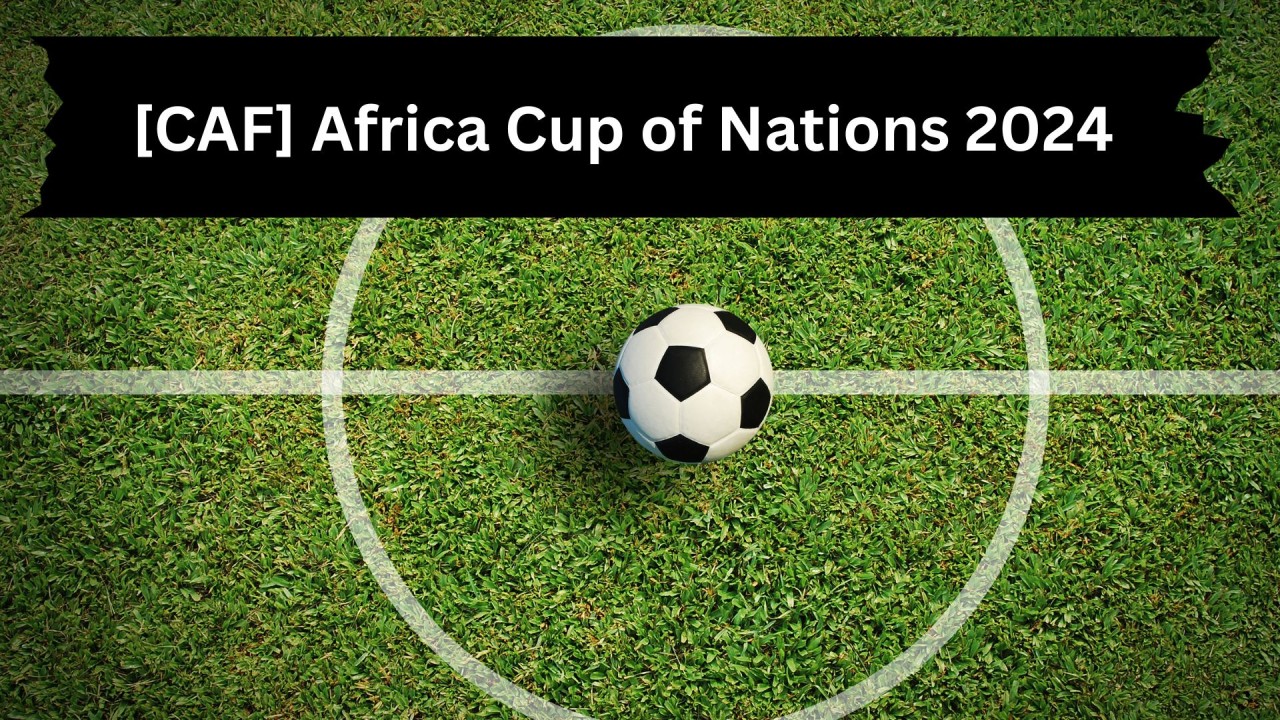The African Cup of Nations 2024 (AFCON) started about 48 hours ago in La Cote d’Ivoire. The return of AFCON to Côte d’Ivoire after 40 years is nothing short of a momentous occasion. In a nation where football is not just a sport but a way of life, the prolonged wait for the prestigious tournament felt like an eternity.
Côte d’Ivoire, with its passionate and football-crazed population, had been yearning for the return of AFCON ever since it last hosted the tournament in 1984. The echoes of that memorable event lingered in the hearts of the Ivorian people, becoming a part of the nation’s collective memory.
For four long decades, football enthusiasts in Côte d’Ivoire eagerly anticipated the chance to witness the best of African football showcased on their home soil once again. The game’s significance in the country cannot be overstated; football is not merely a pastime or a form of entertainment—it is a religion, a unifying force that transcends social, cultural, and economic divides.
The wait for AFCON became a symbol of resilience and patience for the Ivorian people. Generations passed, each nurturing the dream of experiencing the thrill, the ecstasy, and the camaraderie that a major football tournament brings. The stadiums once filled with roaring crowds, patiently awaited the return of the beautiful game. We celebrate with Ivorians. They won their first match against Guinea-Bissau.
AFCON 2024 also offers an opportunity to highlight the value of physical education in schools.
Once upon a time in a small town, there was a school nestled between tall trees and lush greenery. The laughter of children echoed through the air as they sprinted across the playground, their faces radiant with joy. This was a school that understood the transformative power of physical education.
In an era dominated by screens and technology, the value of physical education has never been more pronounced. The proliferation of 24-hour TV programming, internet-enabled mobile phones, and the allure of virtual worlds have created a sedentary lifestyle that poses significant risks to the well-being of the younger generation.
Read also: Pockets of excellence of people are breaking barriers at the frontier of AI even in Africa – Shingai
The Sedentary Dilemma
Children and adolescents today spend an increasing amount of time glued to screens, be it for educational purposes, entertainment, or social interactions. While technology undoubtedly offers numerous benefits, the associated sedentary behaviour comes at a cost. The World Health Organisation (WHO) warns of the rising prevalence of obesity, musculoskeletal issues, and mental health concerns among the youth due to insufficient physical activity.
The Power of Physical Education
Physical education, often marginalised in the face of academic pressures, emerges as a beacon of hope. Beyond the traditional view of PE as a mere break from the classroom, it stands as a powerful tool for holistic development. Physical education encompasses not just physical fitness but also contributes significantly to mental, emotional, and social well-being.
Physical Health
Physical education is the cornerstone of promoting physical health among students. Regular physical activity helps combat obesity, enhances cardiovascular health, and fosters the development of healthy habits that carry into adulthood. From running on the track to engaging in team sports, students build strength, endurance, and coordination.
Mental Well-being
The benefits extend to mental health, an area of increasing concern. Physical activity stimulates the release of endorphins, the “feel-good” hormones, reducing stress, anxiety, and depression. It also improves cognitive function, enhancing concentration and academic performance.
Social Skills
Beyond the individual, physical education nurtures social skills crucial for navigating the complexities of the real world. Team sports teach collaboration, communication, and the value of collective effort. The playground becomes a microcosm of society, where students learn to resolve conflicts, respect diversity, and work towards common goals.
Life Skills
Organised sports, a vital component of physical education, instil life skills that transcend the playing field. Discipline, resilience, leadership, and time management are honed through the challenges and victories experienced in sports. These skills lay the foundation for future success and contribute to character development.
The Playground Paradigm
Picture a school without a playground – a concrete jungle devoid of the laughter and exuberance of children at play. The importance of playgrounds in schools cannot be overstated. These spaces are not just for recreation; they are laboratories of learning where children experiment with movement, coordination, and social interaction.
Physical Development
Playgrounds offer a canvas for physical development. Swings, slides, climbing frames, and open spaces facilitate the development of gross motor skills, spatial awareness, and balance. The playground is where children discover the capabilities of their bodies, pushing boundaries and testing limits.
Social Interaction
The playground is a bustling arena where friendships are forged and social skills are cultivated. In unstructured play, children learn to negotiate, cooperate, and resolve conflicts independently. These social interactions form the bedrock of healthy relationships and interpersonal skills.
Creativity and Imagination
Unrestricted by the confines of a classroom, the playground becomes a realm of creativity and imagination. Children transform simple structures into castles, ships, or secret hideouts. Unstructured play nurtures cognitive skills, problem-solving, and the ability to think outside the box.
Championing Organised Sports
While unstructured play is essential, organised sports add a layer of depth to physical education. Sports bring structure, discipline, and a sense of purpose to physical activities. They introduce the concepts of teamwork, fair play, and healthy competition. Whether on the football field, basketball court, or athletics track, organised sports contribute to character building and instil values that last a lifetime.
Challenges and Solutions
In the face of academic pressures, budget constraints, and the lure of technology, integrating robust physical education programmes into school curricula becomes a challenge. However, the long-term benefits far outweigh the challenges.
Curriculum Integration
Schools must prioritise the integration of comprehensive physical education into their curricula. PE should not be viewed as a separate entity but as an integral part of a child’s overall education. It requires a shift in mindset, recognising the symbiotic relationship between physical and academic development.
Infrastructure Investment
Adequate infrastructure, including well-equipped playgrounds and sports facilities, is paramount. Schools should allocate resources to create inviting spaces that encourage physical activity. Beyond traditional sports, consideration should be given to diverse activities that cater to varying interests.
Teacher Training
Teachers play a pivotal role in delivering effective physical education. Providing continuous training for educators ensures they are equipped with the knowledge and skills to make PE engaging and beneficial. Collaboration with external sports coaches can enhance the quality of training.
Parental Involvement
Educating parents about the importance of physical education is crucial. Schools can organise workshops, seminars, and events that highlight the value of an active lifestyle. Involving parents in school sports days and events fosters a sense of community and shared responsibility.
Looking Ahead
As we step into a new academic year and calendar year, let us reimagine the role of physical education in shaping the future. It is not merely a break from academics; it is the cornerstone of holistic development. Schools, parents, and policymakers must unite to prioritise and champion physical education.
In a world dominated by screens, let the playground be the canvas where children paint their dreams with the strokes of physical activity, social interaction, and the joy of unbridled play. Let organised sports be the arena where they learn life’s valuable lessons – resilience, teamwork, and the pursuit of excellence.
The screen may offer virtual worlds, but the playground and sports field offer the real world – a world where children discover their potential, build lasting friendships, and lay the foundation for a healthy, balanced, and successful life. The time has come to unleash the full potential of our youth through the transformative power of physical education.







 info@edugist.org
info@edugist.org 








I like how you have handled this topic in your post. Your approach has been rigorous and comprehensive, and I believe this is an excellent resource for anyone looking to understand more about this subject.